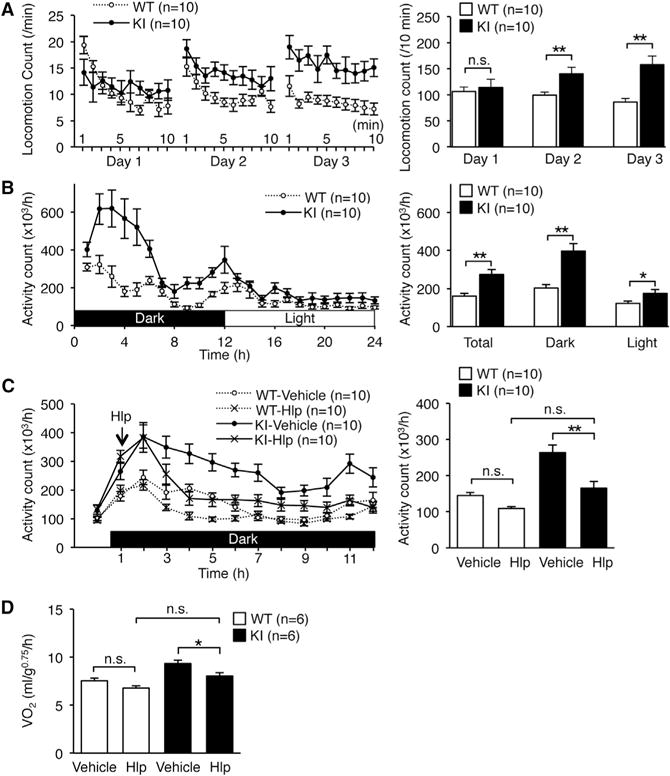Figure 5. Edited CAPS1 KI Mice Exhibit Increased Physical Activity.

(A and B) Open-field tests (A) and circadian rhythm tests (B) were performed over the indicated time periods for male littermates of wild-type (WT) and homozygous KI (KI) mice (left panels). Then, the locomotion count (A) and the activity count (B) over the indicated time periods were compared between the two groups (right panels).
(C) Either haloperidol (Hlp; 0.5 mg/kg) or saline (vehicle) was injected intraperitoneally 1 hr after the dark cycle had started (indicated with an arrow on left panel). After waiting for an additional 1 hr, total activity during each hour was measured for the subsequent 10 hr and compared between WT and KI mice (right panel).
(D) Either haloperidol (Hlp; 0.5 mg/kg) or saline (vehicle) was injected intraperitoneally 1 hr after the dark phase had started. After waiting for an additional 1 hr, metabolic rates during each hour were measured for the subsequent 10 hr and compared between WT and KI mice. See also Figures S4 and S5.
All data were acquired from the indicated numbers of male mice and are presented as the mean ± SEM. Statistical differences were analyzed by multifactorial repeated-measures ANOVA with Tukey HSD post hoc tests (A), unpaired t tests (B), and one-way ANOVA with Tukey HSD post hoc tests (C and D) and are indicated by asterisks (*p < 0.05, **p < 0.01). n.s., no significance.
